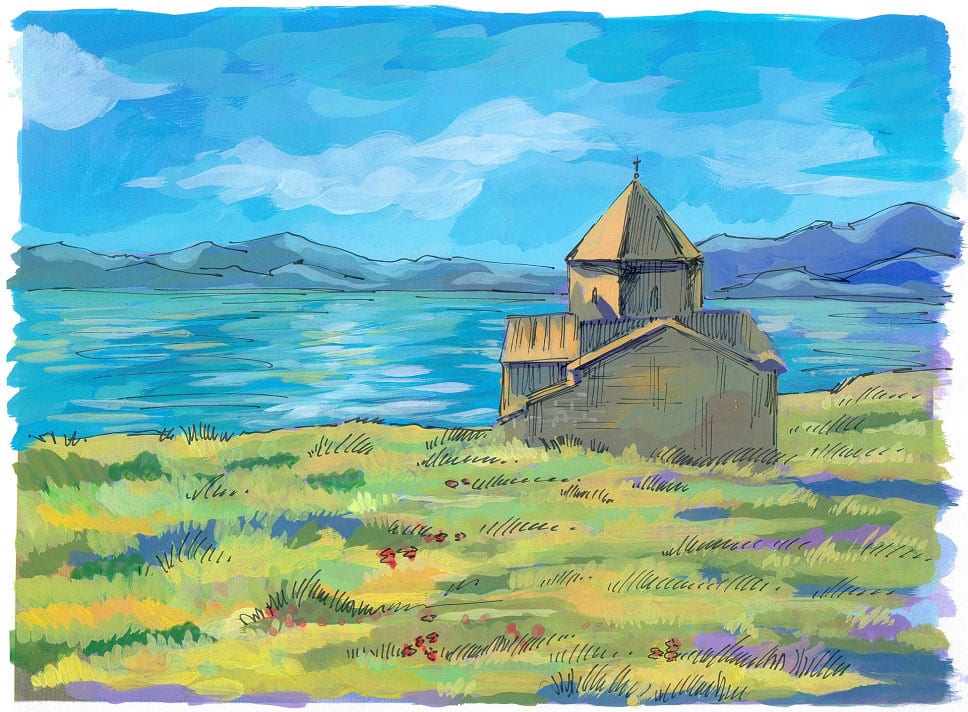Scientists in Armenia are partnering with their scientific counterparts at the University of California in Los Angeles to map the genome of the Armenian people.
This is an important step in understanding targeted treatments for rare diseases affecting this population in disproportionate numbers, such as Familial Mediterranean Fever, or FMF.

As the name suggests, FMF is largely found in people who are from, or descended from, the Mediterranean. These groups include:
- Armenians
- Sephardic Jews
- Greeks
- Arabs
- Italians
- Turks
People with the disorder suffer from inflammation most commonly in the lungs, joints, and abdomen, along with recurring fevers. There is no cure, but symptoms can be treated.
An interesting component of this partnership between the Armenian scientists and UCLA is the fact that there are a lot of people over the age of 100 in Armenia, and while they’re still alive, researchers want to unlock the secret of longevity by mapping their genomes.
The project was funded by UCLA alum Sara Chitjian. Her father was a survivor of the Armenian genocide that took place 100 years ago.
Perpetrated by the Ottoman Empire, the genocide resulted in the deaths of 1.5 million Armenians.
It’s Ms. Chitjian’s hope that the findings will give insight into the Armenian people and help to develop better treatments for illnesses such as Familial Mediterranean Fever.






